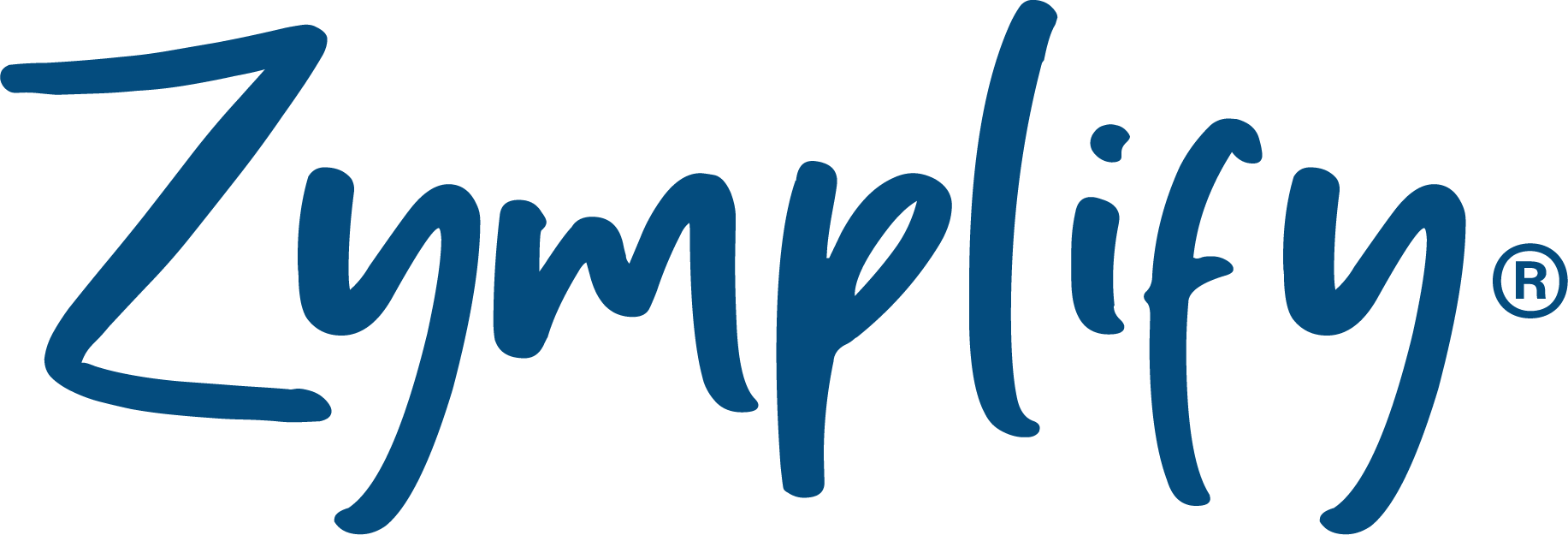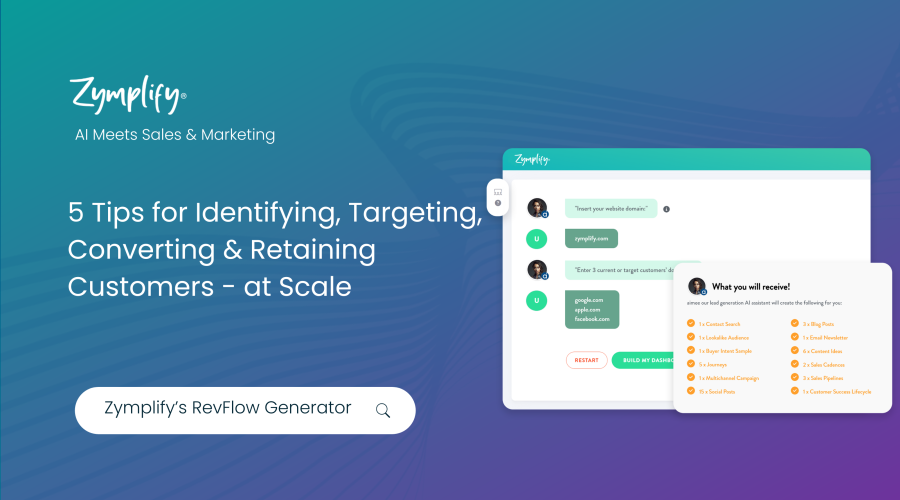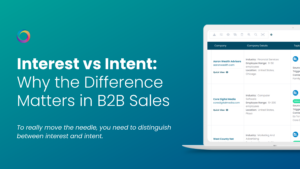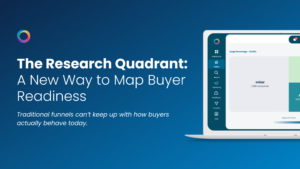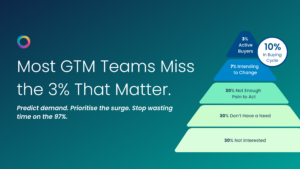In today’s challenging and unpredictable business environment, achieving consistent growth and profitability can seem like a daunting task. The stark reality is that nearly 76% of businesses cease trading within the first two years. The differentiating factor between those who thrive and those who falter? It lies in their ability to identify, attract, convert and retain customers effectively.
Whether you’re spearheading a start-up or leading an established business, these five tips will arm you with the practical strategies to set up a robust full-cycle revenue growth engine. They will navigate you through the process, from delineating your ideal customer profiles to harnessing the power of AI and automation for scaling your efforts.
The path may be strewn with hurdles, but remember, every challenge overcome is a step towards the pinnacle of success. So, gear up and get ready to commence your journey towards unprecedented business growth and success.
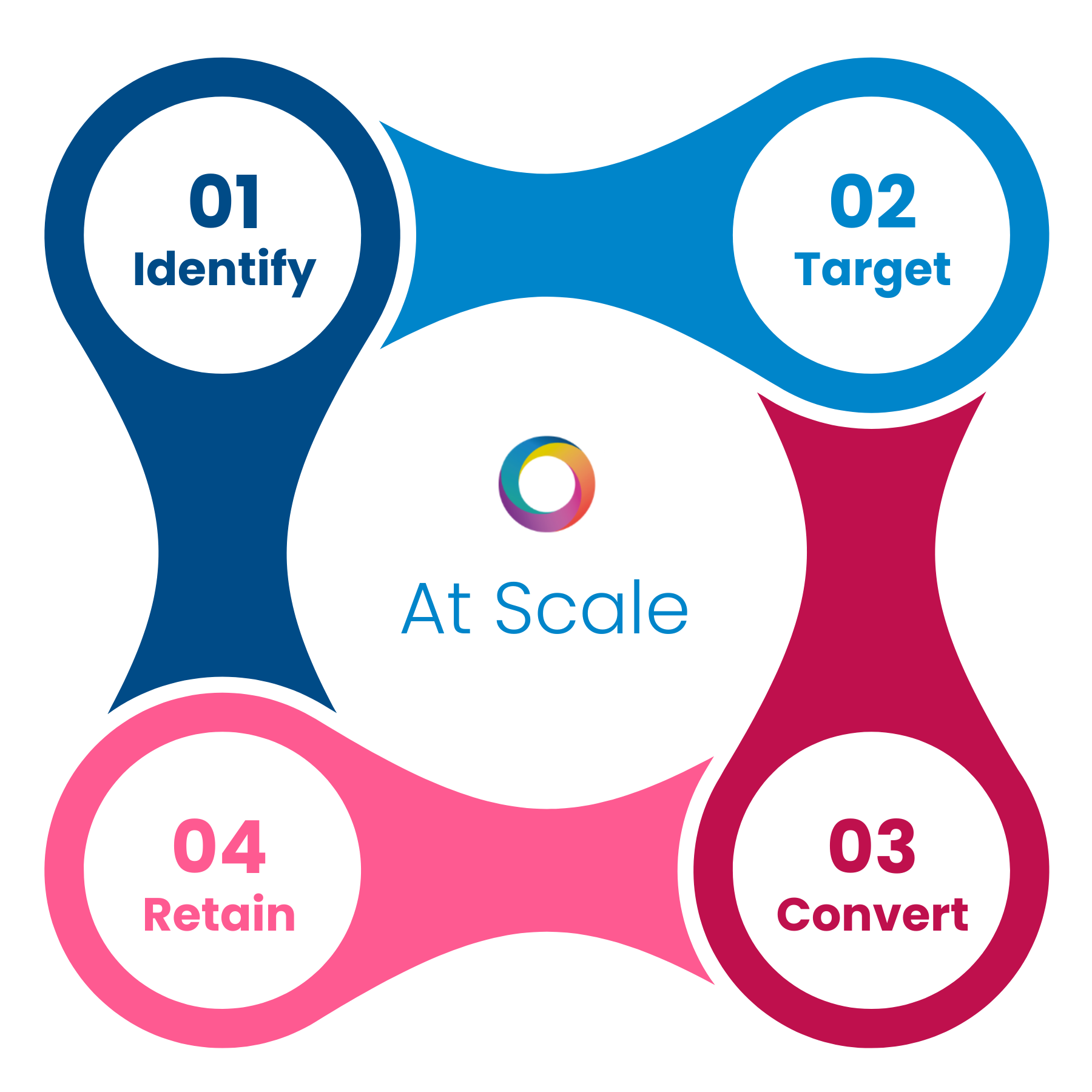
Here’s 5 crucial tips to help you on the journey:
1) Identify Your Ideal Customer Profile (ICP)
The foundation of any successful growth engine strategy starts with identifying your Ideal Customer Profile (ICP). Your ICP is a detailed representation of the customers who gain significant value from your product or service and provide substantial value back to your business in the form of revenue, growth, or strategic alignment.
According to a research study by SiriusDecisions, organisations that take the time to document and understand their ICP can drive up to 68% more revenue through account-based marketing. To put it in simple terms, having a thorough understanding of your ICP is directly correlated with improved marketing and sales results.
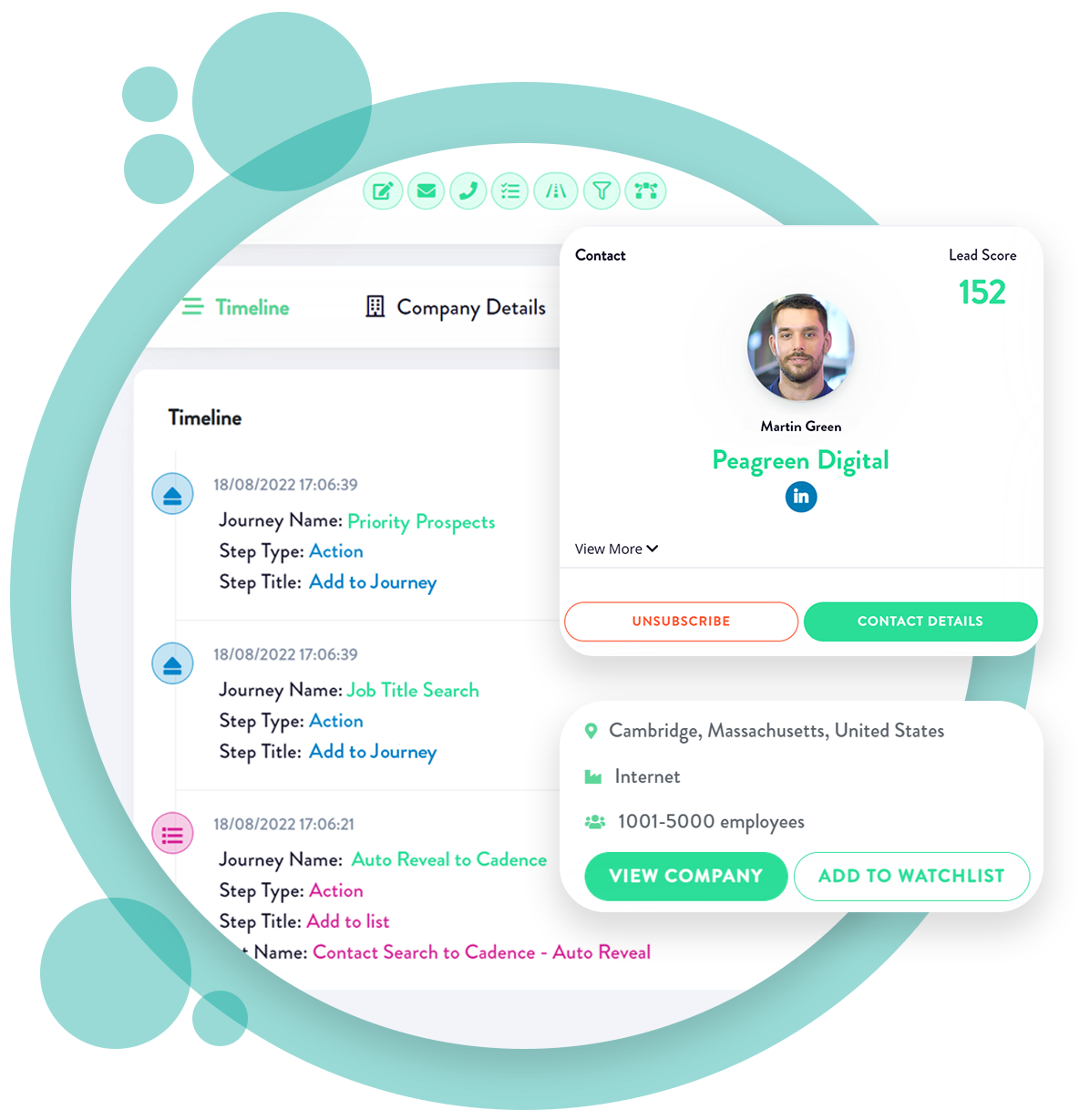
To identify your ICP, start by delving into your analytics. Look at the characteristics, behaviours and preferences of the customers who not only bring the most business but also those who are the most satisfied with your product or service. This includes understanding their geographic location, industry, company size, roles within the organisation, their purchasing behaviour, and their interactions with your brand, amongst other variables.
2) Pinpoint Your Target Market
With a clearly defined ICP, the subsequent step is to pinpoint your target market. Your target market represents the group of businesses or individuals who are most likely to purchase your products or services. These are the people who have a genuine need for your solution, decision-making authority, and the buying power to purchase it.
According to a study conducted by LinkedIn, 90% of decision-makers never respond to cold outreach, which further adds to the importance of accurately defining your target market. In the era of data-driven marketing, spraying and praying is not an option.
Zymplify’s RevFlow Generator can be a gamechanger in identifying your target market. It smartly analyses your ICP and leverages its potent AI algorithms to scan your addressable market. It not only identifies potential buyers but also delivers pertinent information straight to your dashboard—helping you cut through the clutter and directly reach out to those who are likely to convert into customers.
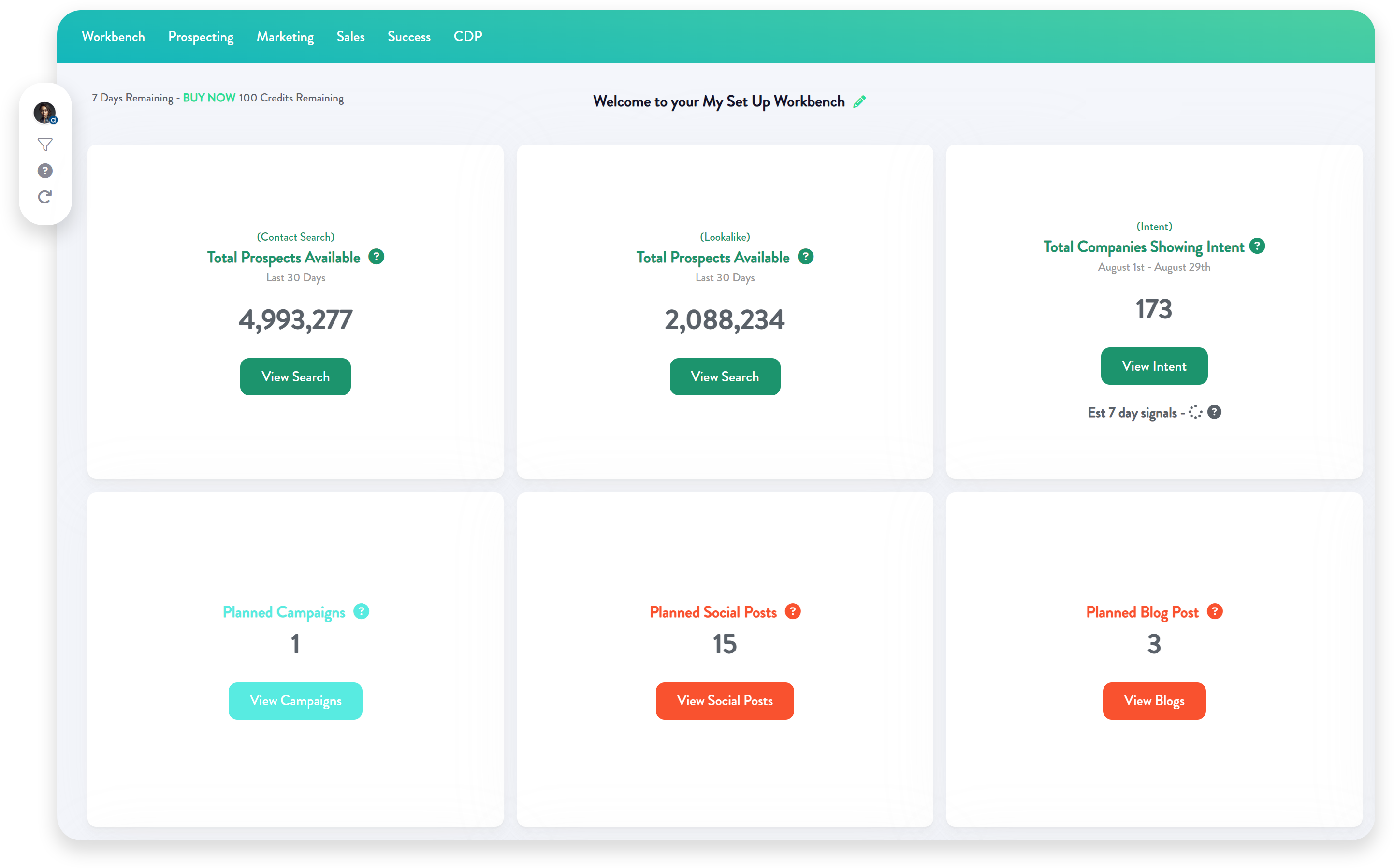
Let’s take the example of a SaaS company that offers a project management tool tailored to small businesses. After they’ve defined their ICP—small businesses in the IT sector that prioritise efficiency and collaboration—they can use Zymplify’s RevFlow Generator to scan the market. The Generator will sieve through the vast data, identifying small IT companies that have shown an interest in project management tools or exhibit a need for better project collaboration, thereby pinpointing their target market. This targeted approach prevents wastage of resources on unresponsive leads and improves the efficiency and effectiveness of their sales and marketing efforts.
Take the example of Adobe, a global leader in digital media and digital marketing solutions. They have various product lines catering to different audiences—from casual hobbyists to creative professionals to global enterprises. For their Creative Cloud product suite, their ICP would be creative professionals involved in visual design, photography, video editing or web design, who value cutting-edge, high-performing software tools that facilitate their work. By identifying and focusing on this ICP, Adobe can devise targeted marketing and sales strategies, from product development and pricing to promotional campaigns and customer experience, thereby maintaining their position as an industry leader.
3) Convert Prospects into Customers
Once you have identified your ideal customers and pinpointed your target market, the next step is to convert these potential leads into paying customers. The process involves several touchpoints and can often seem complex, but with a strategic approach, it becomes manageable and effective.
According to a study by Invesp, companies using a multi-channel approach to engage with prospects see an average purchase value that is 13% higher than those using a single-channel approach. Multi-channel marketing is about providing a seamless and unified experience across all customer touchpoints—from social media and email to in-person sales calls and webinars.
The main advantage of a multi-channel approach is that it allows businesses to meet their customers where they are. By being present on all the channels that your customers use, you can provide a seamless customer experience, thereby increasing customer satisfaction and subsequently, conversions.
Zymplify’s RevFlow Generator is your perfect partner in this endeavour. It launches tailored automated workflows that help you engage with your prospects at every touchpoint, providing them with personalised and relevant content. This approach builds relationships with your audience and guides them through their buyer journey.
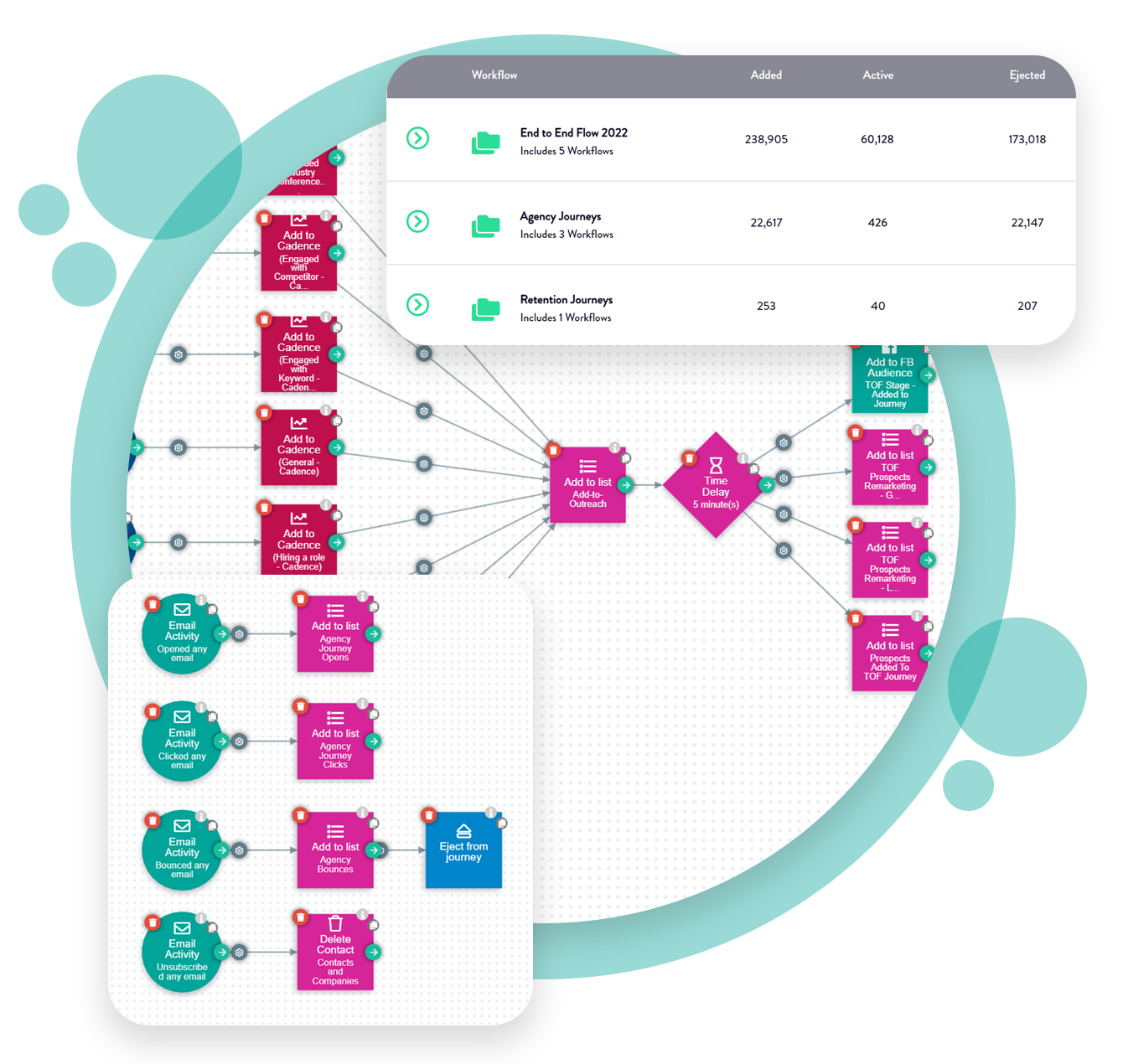
Let’s consider a FinTech company that offers digital financial advisory services. Once they’ve identified their ICP and target market—middle-aged individuals seeking advice on retirement plans—they can use Zymplify’s RevFlow Generator’s multi-channel campaign feature. It enables them to engage with their target audience via social media posts about retirement planning, email newsletters with personalised financial tips, and webinars featuring expert advice on retirement savings. By engaging their audience at multiple touchpoints, they build trust and gradually convert their prospects into customers.
4) Retain Your Customers
Customer retention is a vital aspect of business growth that unfortunately, is often overshadowed by the pursuit of new customers. However, a study conducted by Harvard Business Review indicates that increasing customer retention rates by just 5% can lead to an increase in profits by 25% to 95%. This clearly underscores the value of focusing on customer retention.
Keeping an existing customer is indeed less costly than acquiring a new one. Furthermore, existing customers are more likely to try new products and spend more than new customers. Therefore, it is critically essential to develop and implement strategies that enhance customer satisfaction and cultivate loyalty.
Customer satisfaction is not just about delivering a product or service. It extends to include the customer’s overall experience with your brand — from the initial point of contact through the purchasing process, and beyond. Customers should feel valued and appreciated at every interaction with your brand. This involves providing efficient customer service, anticipating and meeting customer needs, listening and responding to feedback, and continuing to engage with customers after the sale. All these efforts contribute to building customer loyalty which, in turn, contributes to customer retention.
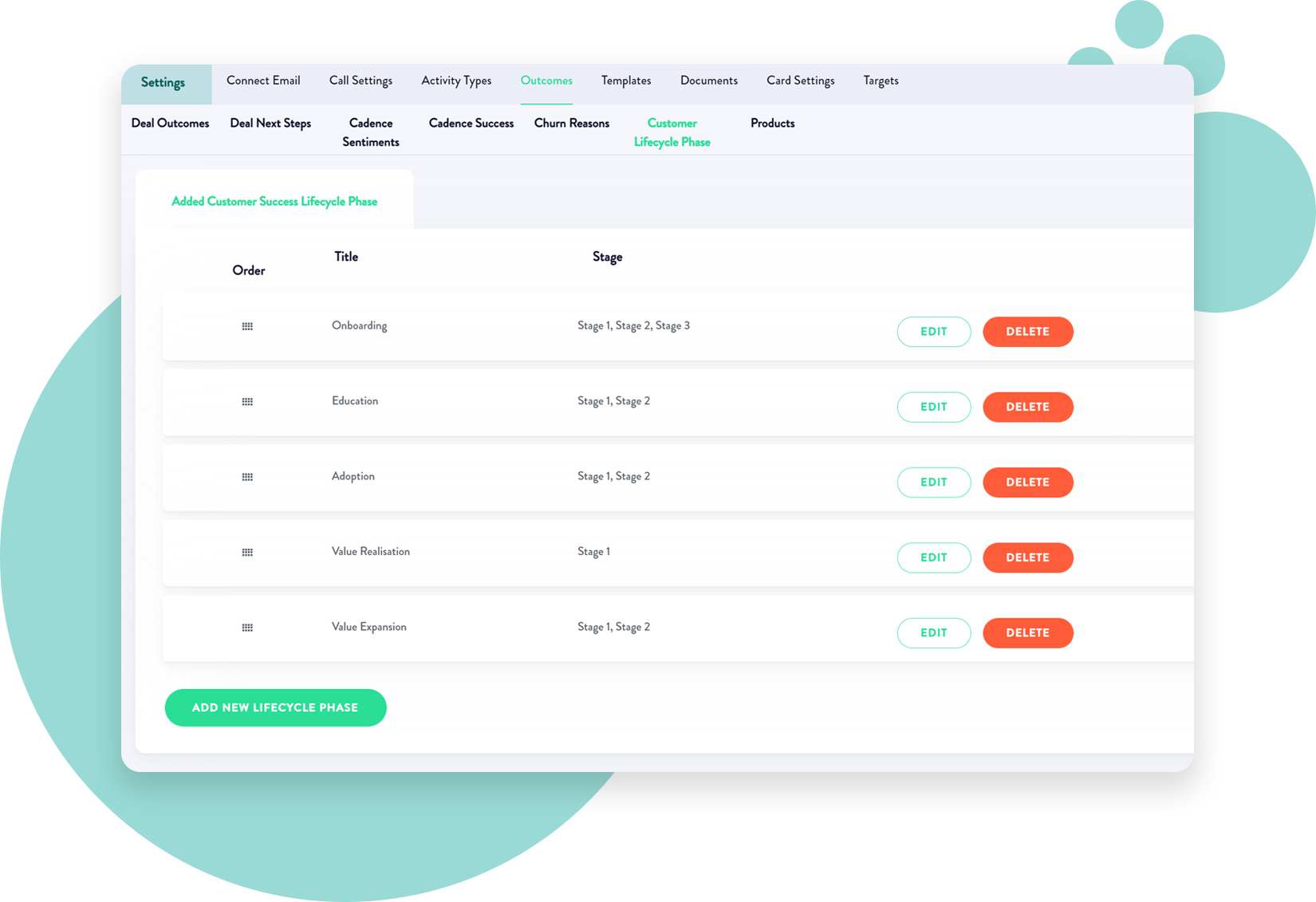
Zappos, an online retailer known for its high-quality customer service, serves as an excellent example in the realm of customer retention. Zappos takes an ‘above and beyond’ approach to customer service, frequently surprising customers with upgraded overnight shipping and hassle-free returns and exchanges. They also provide 24/7 customer support and out-of-the-box solutions like helping customers find products not available on their website. Their primary focus is not on transactions, but on building relationships with their customers. Consequently, they have an exceptionally high customer retention rate, with 75% of their orders coming from repeat customers.
This underscores the reality that investing in customer satisfaction and loyalty is not just a nice-to-have, but a must-have for any business looking to retain its customers and build a sustainable, full-cycle revenue growth engine.
5) Scale Your Efforts:
Sustaining growth over the long term requires businesses to evolve dynamically along with market demands and shifts. As your business grows, so must your go-to-market strategies. Scaling your efforts doesn’t just mean simply doing more of what you’re doing—it means growing intelligently and efficiently to maximise results.
According to a study by MIT, businesses that use data-driven decision making had a 5-6% higher output and productivity compared to their counterparts. However, scaling your efforts can be challenging without the right tools and strategies in place. The key lies in leveraging analytics to understand market trends, customer behaviours and your own performance metrics.
Zymplify’s RevFlow Generator can help you scale your efforts systematically. It presents comprehensive data breakdowns, enabling you to monitor your performance in real-time. This allows you to identify what’s working and what’s not, as well as any emerging opportunities or threats. In turn, this drives the refinement of your strategies, enabling you to make data-driven decisions and maintain your growth trajectory.
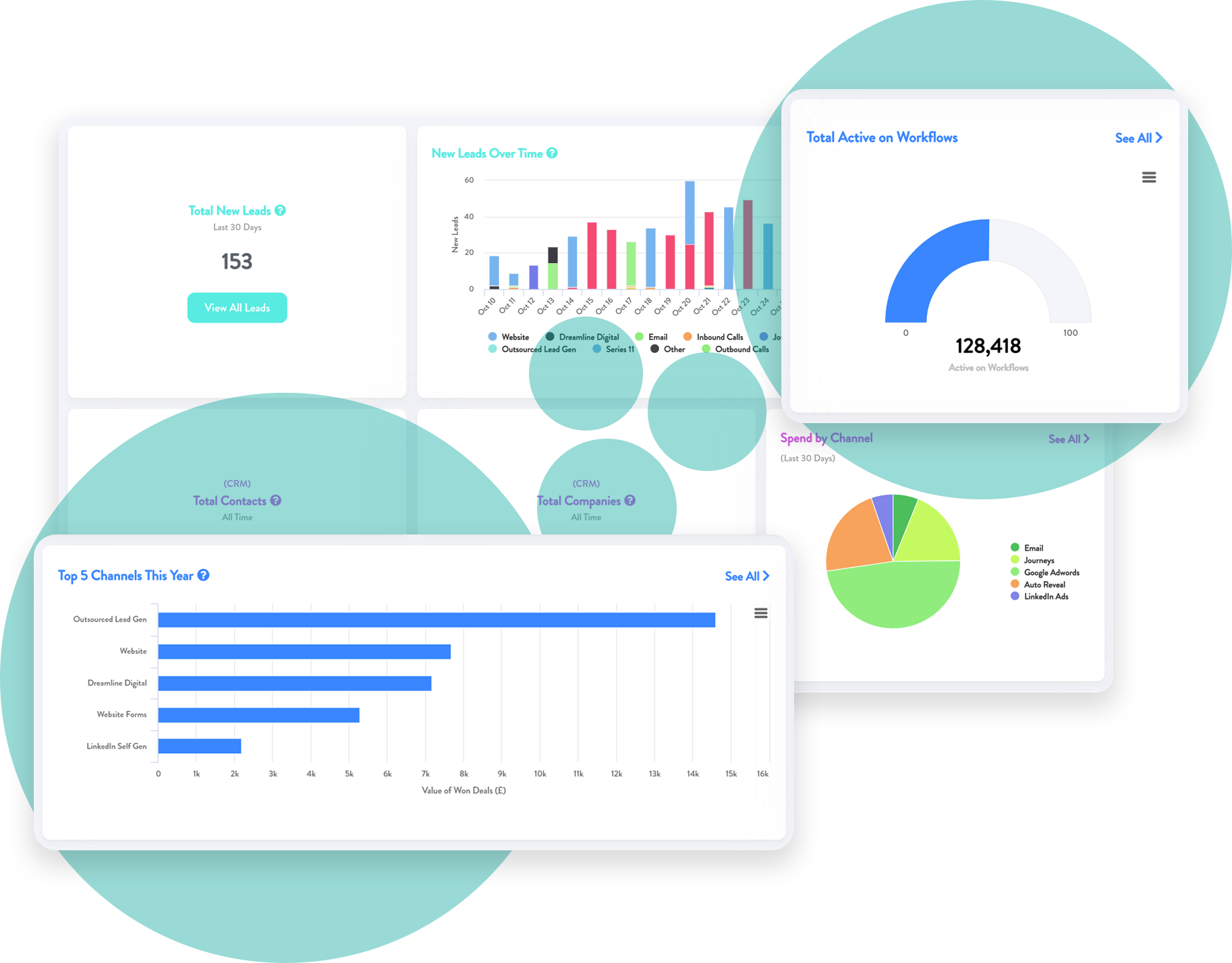
Take, for example, a health tech start-up that has successfully secured a sizeable customer base in the UK. They decide to scale their efforts and expand into the European market. Initially, their go-to-market strategy involves a heavy focus on digital advertising. However, upon analysing their campaign performance data, they notice high engagement rates for their educational content.
Using this insight, they decide to adjust their strategy and invest more resources into creating and promoting value-adding content such as blog posts, eBooks and webinars. This enables them to attract a broader audience and better position themselves as industry leaders in this new market. Through data-driven decision making and strategy refinement, they effectively scale their go-to-market efforts and ensure their ongoing growth.
Embarking on these steps signifies your commitment to escalating revenue growth, curtailing acquisition costs, and augmenting the lifetime value of your customers. This approach lays the groundwork for your business’s success amidst the challenging economic landscape.
It’s crucial to remember that achieving sustainable revenue growth isn’t a race to the finish line, but rather a steady, calculated journey. It necessitates perseverance, and an unrelenting commitment to continuous learning and improvements. As you undertake this strategic initiative, be assured that you’re not alone. Armed with Zymplify’s RevFlow Generator, you are well-positioned to navigate this journey proficiently and attain your ambitious business growth objectives.
In conclusion, as you steer your enterprise through the often complex landscape of the B2B market, a full-cycle revenue growth engine can act as your compass, guiding you towards sustainable growth and success. Harnessing strategies for identifying, targeting, converting and retaining customers at scale, you unlock the door to a sustainable and scalable business model.
And remember, you do not need to traverse this path alone. Leverage the power of growth-oriented solutions like Zymplify’s RevFlow Generator. This robust solution is designed to support your journey every step of the way, equipping you with AI, automation, and data-driven insights that make scaling for growth a tangible, achievable reality.
